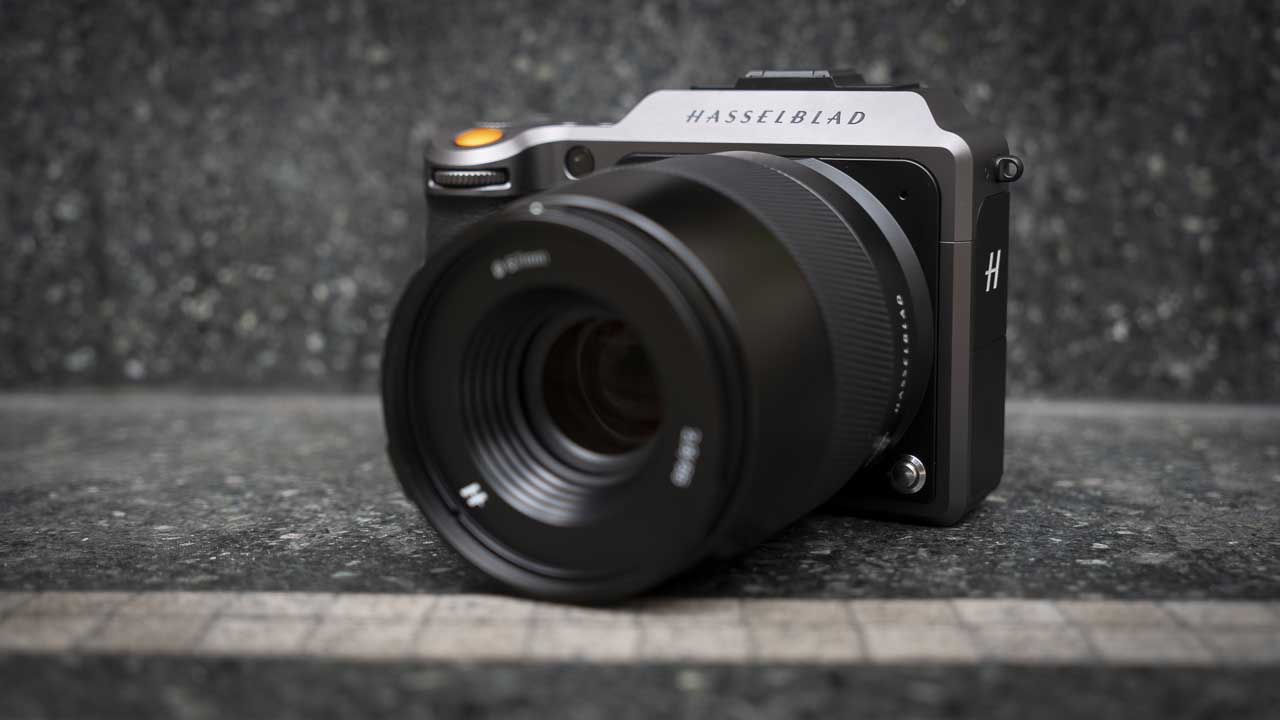Our Verdict
The Hasselblad X1D II 50C is a stunningly designed medium format camera that delivers exceptional image quality and a beautifully simple user experience. Amateur Photographer and Digital Camera World praise its premium build and rich colour rendition, while TechRadar highlights its superb dynamic range. However, all agree that autofocus is slow, startup times are sluggish, and handling is not as snappy as full-frame rivals.
For those who shoot at a measured pace and prioritise image quality, the X1D II 50C remains one of the most desirable medium format cameras. Stay tuned for our full Camera Jabber review, coming soon!
As many of you have noted, the majority of our camera and lens reviews have been removed from the site. While we’re working to re-review the missing reviews, why not check out what our friends at Digital Camera World, TechRadar, and Amateur Photographer have to say about the Hasselblad X1D II 50C?
Amateur Photographer – Reviewed by Andy Westlake
Andy Westlake praises the Hasselblad X1D II 50C for its stunning image quality, thanks to the 50MP medium format sensor. He highlights the beautiful colour reproduction and dynamic range but notes that autofocus remains slow compared to full-frame rivals. He describes it as a gorgeous, minimalist camera, ideal for deliberate, considered photography.
Digital Camera World – Reviewed by Rod Lawton
Rod Lawton commends the X1D II 50C for its premium build, elegant handling, and phenomenal image quality. He appreciates the large, bright EVF and intuitive touchscreen interface but finds the slow startup time and limited AF performance frustrating. A camera for purists who prioritise image quality over speed.
TechRadar – Reviewed by Mark Wilson
Mark Wilson loves the sleek Scandinavian design and rich image quality of the Hasselblad X1D II 50C. He highlights the gorgeous tonality and natural colours, making it perfect for studio and landscape work. However, he notes its slow responsiveness and lack of video features, making it less suited to hybrid shooters.




